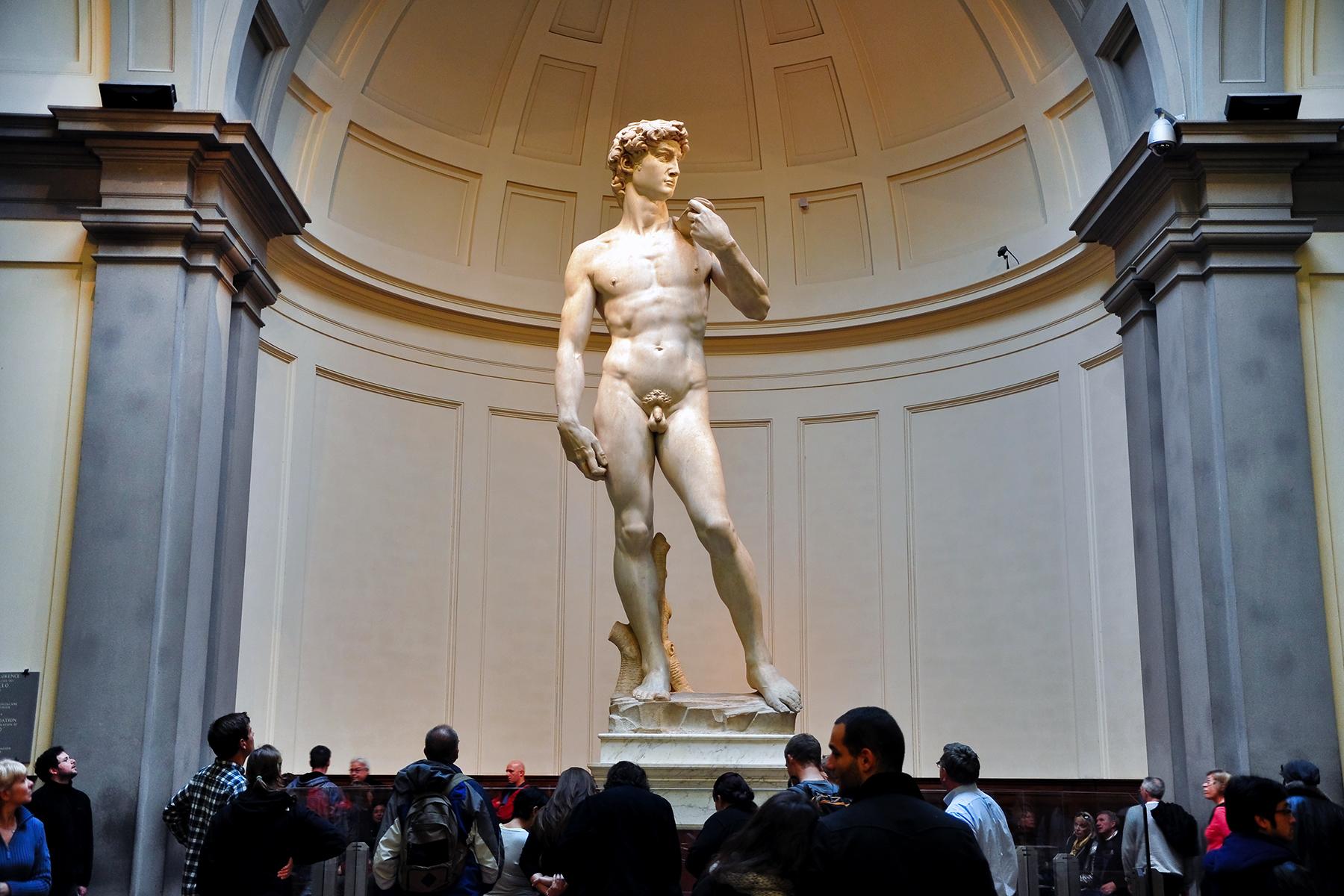Making Venetian masks the old-fashioned way.
If there is one thing more ubiquitous to Venice Carnival than the elaborately costumed patrons, it’s the famous maschera, or Venetian masks. From simple eye masks to more intricate full-face ensembles, masks are available in almost every tourist shop in the city, even outside of the carnival period. But not every item on offer is worth its sparkles. For a true piece of Venetian history and art, look for a mask made in Venice by a company that uses traditional mask making techniques.
Family-owned Ca’macana is one such company. Mario Belloni and Antonella Masnata, both transplants from Genoa, started Ca’macana in the early 1980s after they moved to Venice, drawn in by the city’s beauty and harmony. Their beginnings were humble: they first made masks at home and sold them in the street laid out on blankets. The carnival was going through a resurgence at the time so the business grew. Soon they opened a workshop in Dorsoduro, one of this six sestieri, or districts, of Venice.
More than thirty years later, they are still in that same workshop. And although Ca’macana is well known both in Venice and beyond (their masks played a role in Eyes Wide Shut and, more recently, in Fifty Shades Darker), they have stayed true to their beginnings. They still make masks in the same manner they made them when they started using the traditional techniques Venetians have employed in mask-making for centuries.





